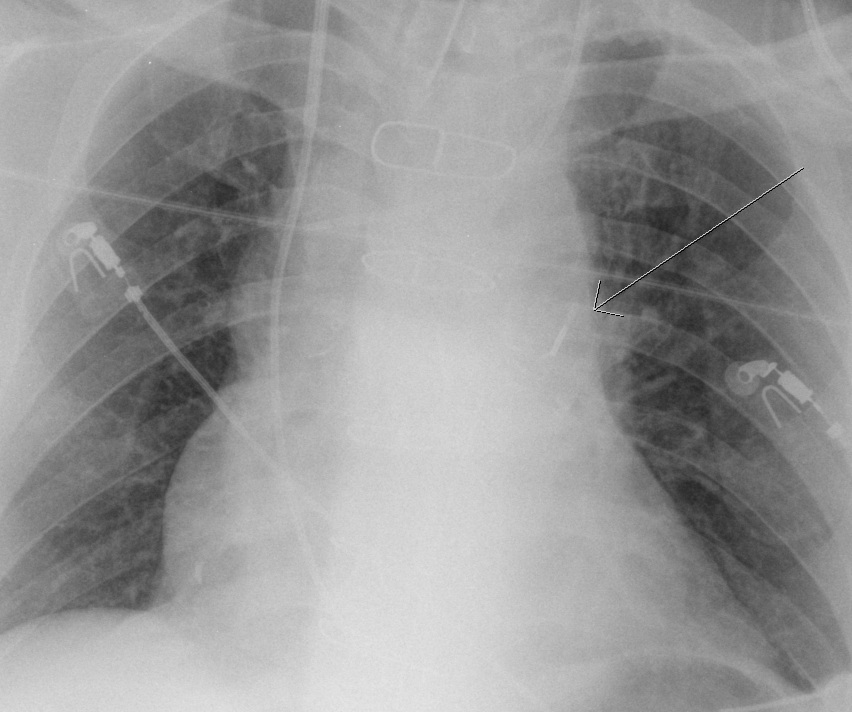Mesothelioma Lung Cancer Definations
source(google.compk)
Mesothelioma is an uncommon disease that causes malignant cancer cells to form within the lining of the chest, abdomen, or around the heart. Its primary cause is believed to be exposure to asbestos.
Malignant mesothelioma is also known as asbestos cancer or simply "meso." Mesothelioma causes cancerous cells to develop in the body's mesothelium, where they can spread to and damage vital organs and tissue. These malignant cells can also metastasize to other regions of the body. Mesothelioma is very difficult to diagnose and responds poorly to most treatment modalities, accounting for a poor prognosis.
The disease derives its name from the mesothelium, a sac-like membrane that protects most of the body's internal organs. It is divided into two distinct protective layers of cells: the visceral (the layer directly surrounding the organ) and the parietal (a sac around the body cavity). By releasing a lubricating fluid, the mesothelium allows the organs to move more freely within the body cavity; for example, the contraction and expansion of the lungs. The mesothelium is also referred to according to where it is located in the body: pleura (chest), peritoneum (abdomen), and pericardium (heart).
Over two-thirds of all mesothelioma cases begin in the pleura region. Pleural mesothelioma spreads through the chest cavity, occasionally developing in the lungs as well. The disease most commonly causes pleural effusion, an excess build-up of fluid inside the chest cavity. This excess fluid increases pressure on the lungs and restricts breathing. In addition, malignant cells can cause the pleural lining to thicken and restrict the breathing space even further.
Peritoneal mesothelioma is the second most common form of the disease, accounting for less than 30% of all cases. Malignant cells form in the peritoneum, affecting the abdomen, bowel, liver, and spleen. Similar to pleural mesothelioma, the disease also causes a build up of excess fluid in the abdominal cavity. Normal bodily functions, such as digestion, can be hindered by the obstruction of organ movement.
Very rare forms of mesothelioma occur in the pericardium, as well as the mesothelium of the male and female reproductive organs. Cystic mesothelioma of the peritoneum, another rare form of the disease, occurs predominantly in women and is more benign in nature.
Malignant mesothelioma takes the form of one of three cell-types: epithelioid (50% to 70% of cases), sarcomatous (7% to 20% of cases), and biphasic/mixed (20% to 35% of cases). Of these cell-types, epithelioid mesothelioma carries the most favorable prognosis, followed by biphasic, and finally sarcomatous (very aggressive).
Mesothelioma remains relatively uncommon in the United States, with approximately 2,500 new cases reported annually. The incidence rates are much higher in Western Europe (over 5,000 cases reported annually). These numbers are expended to climb dramatically over the next 20 years. Older males (median age 60 at diagnosis) are three to five times more likely to develop mesothelioma than women. This is most like do to male predominance in those professions with an increased risk of asbestos exposure.
Approximately 80% of all mesothelioma patients have a history of asbestos exposure. The majority of these patients were employed in an industry that involved the use of asbestos in some fashion. In addition to occupational exposure, household exposure of family members is not uncommon. An exposed individual can carry the asbestos particles on their clothing, skin, and in their hair when they return home, resulting in paraoccupational exposure. Even brief exposure to asbestos, as little as one to two months, can result in long-term consequences. Although the dangers of asbestos have been known for decades, the long latency period of mesothelioma (30 to 40 years) means that majority of patients were already exposed as far back as the 1950s. It is estimated that up to eight million Americans have already been exposed. Several industries, in particular, show a higher incidence of asbestos exposure:
Mesothelioma Lung Cancer Lung X ray Histology CXR CT Cancer Ribbon Cytology Symptoms Commercial
Mesothelioma Lung Cancer Lung X ray Histology CXR CT Cancer Ribbon Cytology Symptoms Commercial

Mesothelioma Lung Cancer Lung X ray Histology CXR CT Cancer Ribbon Cytology Symptoms Commercial

Mesothelioma Lung Cancer Lung X ray Histology CXR CT Cancer Ribbon Cytology Symptoms Commercial

Mesothelioma Lung Cancer Lung X ray Histology CXR CT Cancer Ribbon Cytology Symptoms Commercial

Mesothelioma Lung Cancer Lung X ray Histology CXR CT Cancer Ribbon Cytology Symptoms Commercial

Mesothelioma Lung Cancer Lung X ray Histology CXR CT Cancer Ribbon Cytology Symptoms Commercial

Mesothelioma Lung Cancer Lung X ray Histology CXR CT Cancer Ribbon Cytology Symptoms Commercial

Mesothelioma Lung Cancer Lung X ray Histology CXR CT Cancer Ribbon Cytology Symptoms Commercial

Mesothelioma Lung Cancer Lung X ray Histology CXR CT Cancer Ribbon Cytology Symptoms Commercial

No comments:
Post a Comment